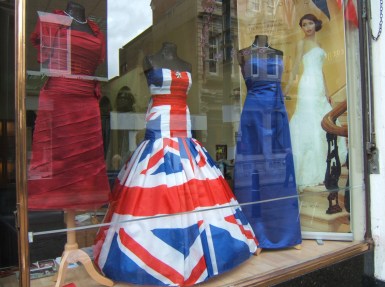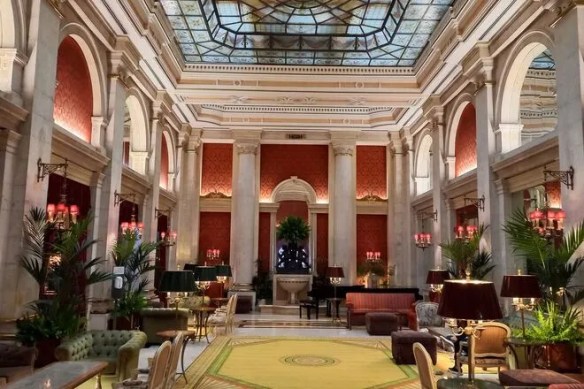
A walking tour of the architecture and sculptures on the Princeton University campus is an enticing event. I’ve taken this kind of tour many times, but this one promised something new. Typically, it began at easy-to-find Nassau Hall, the largest building in the American colonies at the time of the Revolution and briefly, even, the nation’s capital. Some walls on the inside still bear pockmarks from British cannonballs fired during the pivotal Battle of Princeton.
Our guide, Jeanne Johnson, a docent at the Princeton Art Museum (closed temporarily for a construction project that will double its gallery space), is a dedicated gardener. So she was eager to point out the Beatrix Farrand quadrangle, recently renamed in honor the university’s long-time landscape gardener (her preferred term).
While we were there, Jeanne pointed out that two of the dormitory buildings framing the quadrangle are named for alumni who died during The Great War, Howard Houston Henry and Walter L. Foulke. Those buildings and the triple archway that connects them (shown) are considered the apogee of collegiate gothic architecture, a style popularized in the late 1800s and early 1900s when American universities went to great lengths to look as permanent and substantial as their English counterparts. The architect of these dormitories personally oversaw the cutting and placement of every piece of stone, alternating red, grey, buff, and other colors. A completely pleasing effect.
These popular sites dispensed with, Jeanne trotted us to an area of south campus where two new colleges (as Princeton terms sets of dormitories) have sprung up, seemingly overnight—Yeh College and New College West. The 15 or so members of our group all said exactly the same thing, “We’ve never seen this before!” This new area includes several whimsical outdoor sculptures, including the enormous coral-pink concrete sofa.
Finally, we looked at the construction site for the new museum, which will two new floors, doubling the space for exhibitions and study but retaining the same footprint as the original. It’s due to be occupied in March 2024 and open to the public that fall. Fingers crossed. The architect is David Adjaye, whose firm designed the Smithsonian’s museum of African American history and culture and many notable buildings around the world.
All this new construction is being done in the midst of a huge project to make the university environmentally sustainable, with respect to energy consumption, landscape practices, stormwater management, waste reduction, and reduced water use. It’s hard to walk anywhere on campus without encountering the construction of these new environmental systems.
The University may date to 1746 (and one of my ancestors was in its first graduating class), but there’s always something new!
Want some interesting viewing? My quarterly newsletter contains book, movie, tv, and travel tips. Sign up here and receive three prize-winning short stories!






















